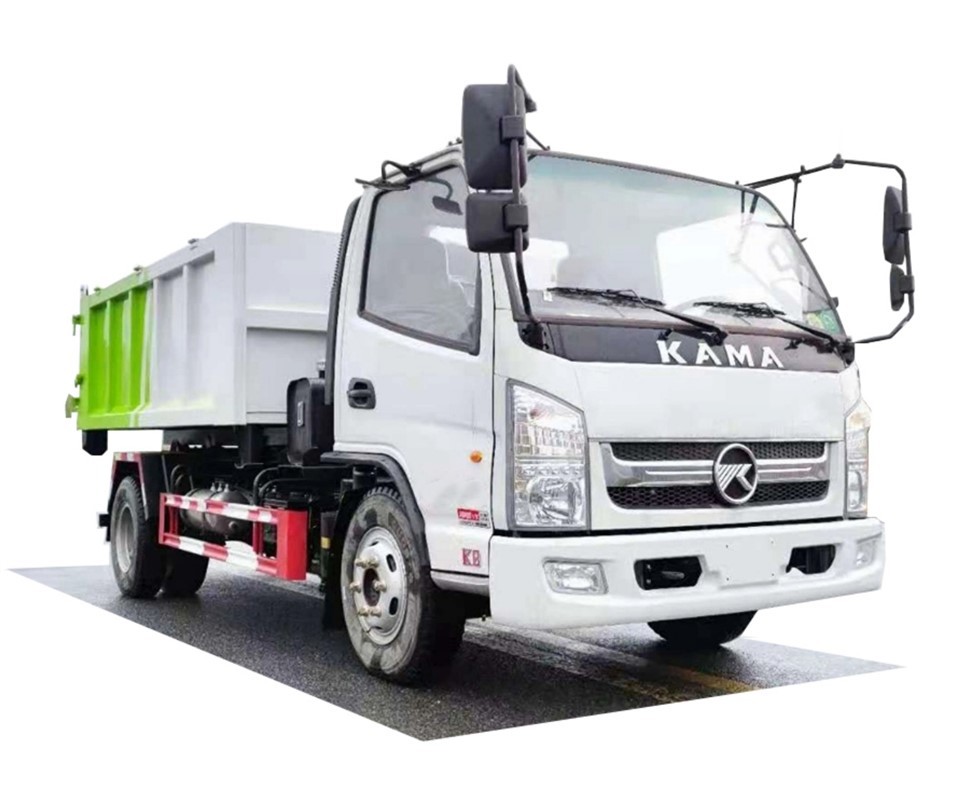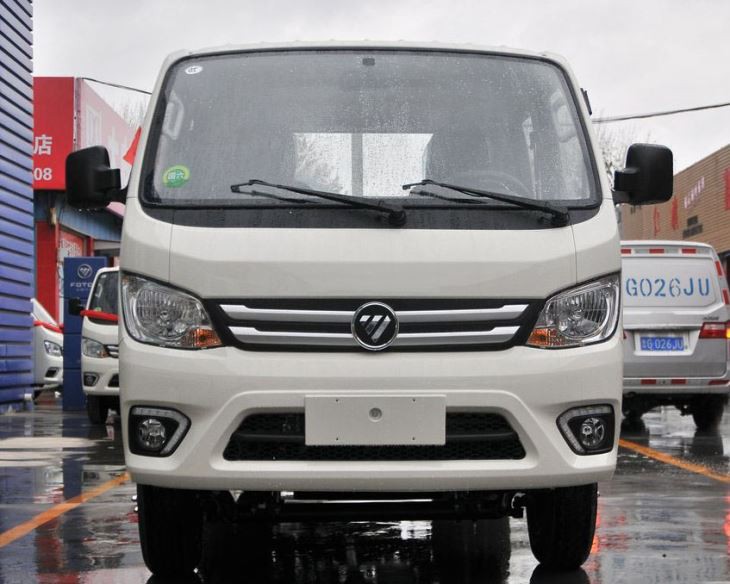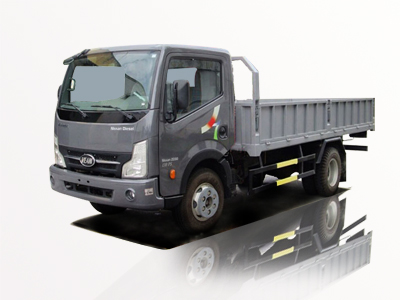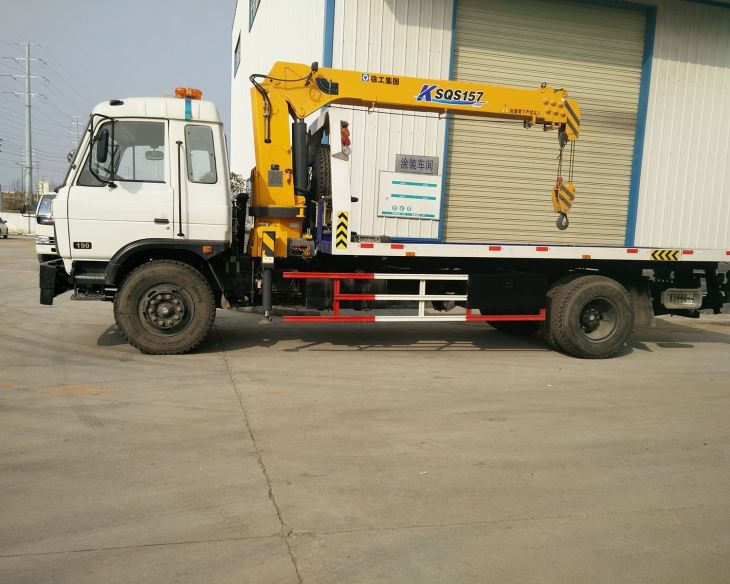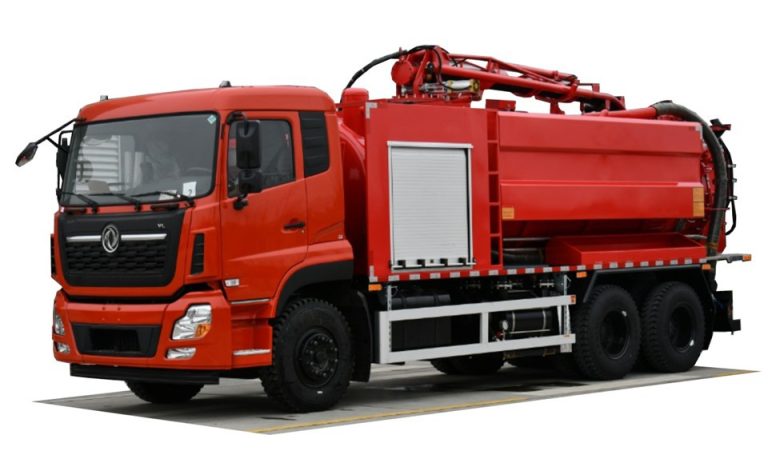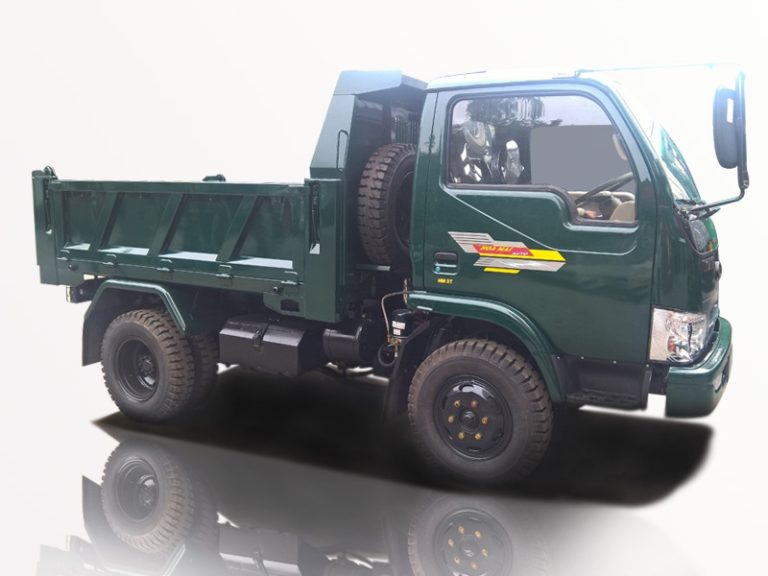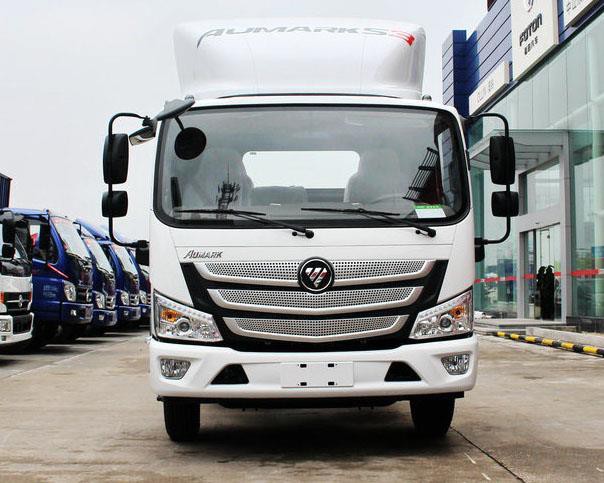Fire engines are crucial for firefighting and emergency rescue operations. They come in various types, each designed to handle specific situations and emergencies. Understanding the different types of fire engines can help communities appreciate their roles and how they contribute to safety and firefighting efforts.
Understanding Fire Engines
A fire engine, also known as a fire truck, is a vehicle that is specially equipped to respond to fires and emergencies. The primary purpose of fire engines is to transport firefighters and their gear to the scene of an emergency and to provide the necessary equipment to combat fires effectively.
The Evolution of Fire Engines
Fire engines have evolved significantly over the years. From horse-drawn carriages of the past to modern motorized units, the technology has advanced to support a wide range of firefighting and rescue operations. Today’s fire engines are packed with high-tech equipment to enhance safety and efficiency.
Components of a Fire Engine
Basic Equipment
- Water Tank
- Pumps
- Hoses and Nozzles
- Ladders
- Rescue Tools
Advanced Technology
- Communications Equipment
- Thermal Imaging Cameras
- Automated External Defibrillators (AEDs)
Types of Fire Engines
1. Pumper Fire Engines
Pumper fire engines, also known simply as pumpers, are the most common types of fire trucks. They are designed to carry large amounts of water and equipment to combat fires. They come equipped with powerful pumps that can draw water from a hydrant or other sources, allowing firefighters to spray water onto fires effectively.
Features of Pumper Fire Engines
- Water storage tanks ranging from 500 to 1,000 gallons
- Hoses of varying lengths and diameters
- Pumping capacity typically between 1,000 to 2,000 gallons per minute (GPM)
2. Aerial Fire Engines
Aerial fire engines are equipped with a ladder or aerial platform that allows firefighters to reach high places, such as the upper floors of buildings. These engines provide vital access for both firefighting and rescue operations.
Features of Aerial Fire Engines
- Ladders that can reach heights of 50 to 100 feet or more
- Water streams that can be deployed from the top of the ladder
- Stabilizing jacks for increased stability during operation
3. Tanker Fire Engines
Tanker fire engines are designed to transport large volumes of water to areas without a reliable water supply, such as rural settings. They serve as a crucial lifeline when firefighters need a steady water supply at the scene of a fire.
Features of Tanker Fire Engines
- Water tanks ranging from 1,000 to 3,000 gallons
- Capability to dispense water through pumps and hoses
- May include firefighting equipment such as portable tanks and drop tanks
4. Rescue Fire Engines
Rescue fire engines are specialized units equipped for emergency medical services and rescues. These vehicles carry tools and equipment to stabilize, extricate, and treat victims in various types of emergencies.
Features of Rescue Fire Engines
- Medical equipment (e.g., stretchers, oxygen, AEDs)
- Rescue tools (e.g., Jaws of Life, hydraulic cutters)
- Storage for personal protective equipment (PPE)
5. Wildland Fire Engines
Wildland fire engines are specifically designed to combat wildfires, often in remote and rugged areas. These engines are built to navigate challenging terrain and are usually lighter and more maneuverable than standard fire engines.
Features of Wildland Fire Engines
- All-terrain capabilities
- Smaller water tanks (usually 300 to 800 gallons)
- Firefighting hand tools (like backpack pumps and hoses)
6. Quint Fire Engines
Quint fire engines combine the features of a pumper and an aerial truck. They provide versatility, allowing a single unit to respond to firefighting needs without requiring multiple trucks.
Features of Quint Fire Engines
- Integrated water pump and aerial ladder
- Storage for hoses and firefighting equipment
- Flexible for various emergencies
7. Fireboats
Fireboats are specialized vessels designed for firefighting on water. They are equipped with pumps and hoses that can deliver water both onto ships and to land-based fires in port areas.
Features of Fireboats
- Large water pump capacities
- Ability to operate in marine environments
- Specialized firefighting equipment for maritime use
Choosing the Right Fire Engine for Your Community
Selecting the appropriate type of fire engine for a community depends on various factors such as geographical location, population density, and specific risks. Here are some tips for making the right choice:
Assessing Community Needs
1. **Identify Fire Risks**: Evaluate the types of emergencies your community is likely to face—residential fires, wildfires, or industrial incidents.
2. **Consider Hydrant Accessibility**: Areas with reliable water supply might prioritize pumpers, while those with minimal access may require tankers or hydrant boosters.
Budget Considerations
Establish a budget that includes purchase, maintenance, and operational costs. Ensure you factor these costs when deciding on the type and number of fire engines needed.
Maintenance of Fire Engines
Proper maintenance of fire engines ensures they are always ready to respond in an emergency. Below are some practical maintenance tips:
Routine Checks
- Inspect water tanks for leaks and damage.
- Check hoses for wear and tear.
- Ensure all equipment is in working order.
Regular Servicing
Schedule regular servicing based on manufacturer guidelines. This ensures that the engines are functioning optimally and reduces the risk of breakdowns during emergencies.
Trends in Fire Engine Technology
Technology in the firefighting industry is continuously evolving. Fire engines are increasingly being equipped with advanced technologies that enhance their operational capabilities.
Communication Systems
Modern fire engines include intricate communication systems to ensure seamless coordination between units and departments during emergencies.
Smart Firefighting Tools
Tools such as drones and thermal imaging cameras are becoming more common in fire engines, helping firefighters assess situations more accurately and efficiently.
Fire Engine Specifications FAQs
1. What is the average lifespan of a fire engine?
The average lifespan of a fire engine is generally around 15-25 years, depending on maintenance and usage.
2. How much does a fire engine typically cost?
The cost of a fire engine can range from $300,000 to over $1 million, influenced by type, features, and customization.
3. Are fire engines equipped with medical equipment?
Many fire engines, especially rescue units, are equipped with basic medical equipment to treat victims on-site.
4. How do fire engines replenish their water supply?
Fire engines replenish their water supply by drawing from hydrants, water tanks, or water sources like lakes and ponds using pumps.
5. What type of fire engine is best for urban areas?
Pumper fire engines are often the best choice for urban areas due to their versatility in addressing a wide range of firefighting needs.
6. Are specialized fire engines needed for wildland firefighting?
Yes, wildland fire engines are designed specifically for rough terrains and can carry the tools necessary for controlling fires in natural environments.
